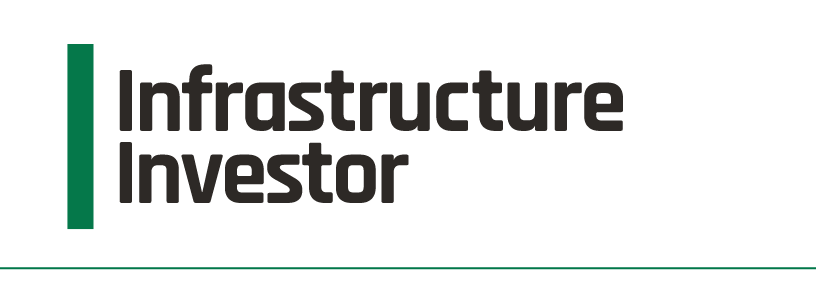Europe crisis takes toll on infra investment
Piles of government debt and asphyxiating austerity are squeezing the life out of infrastructure activity in the region.
A verification email is on its way to you. Please check your spam or junk folder just in case.
If you do not receive this within five minutes, please try to sign in again. If the problem persists, please email: subscriptions@pei.group .Issues with signing in? Click here
Don't have an account? Register now
Piles of government debt and asphyxiating austerity are squeezing the life out of infrastructure activity in the region.


Nearly there!
A verification email is on its way to you. Please check your spam or junk folder just in case.
Copyright PEI Media
Not for publication, email or dissemination